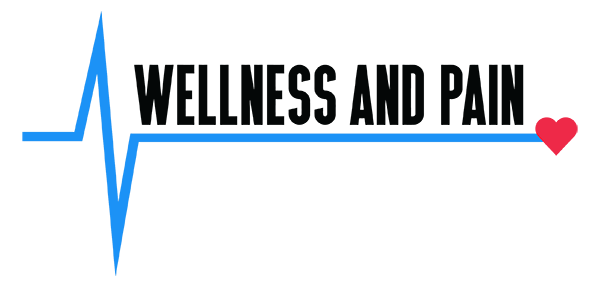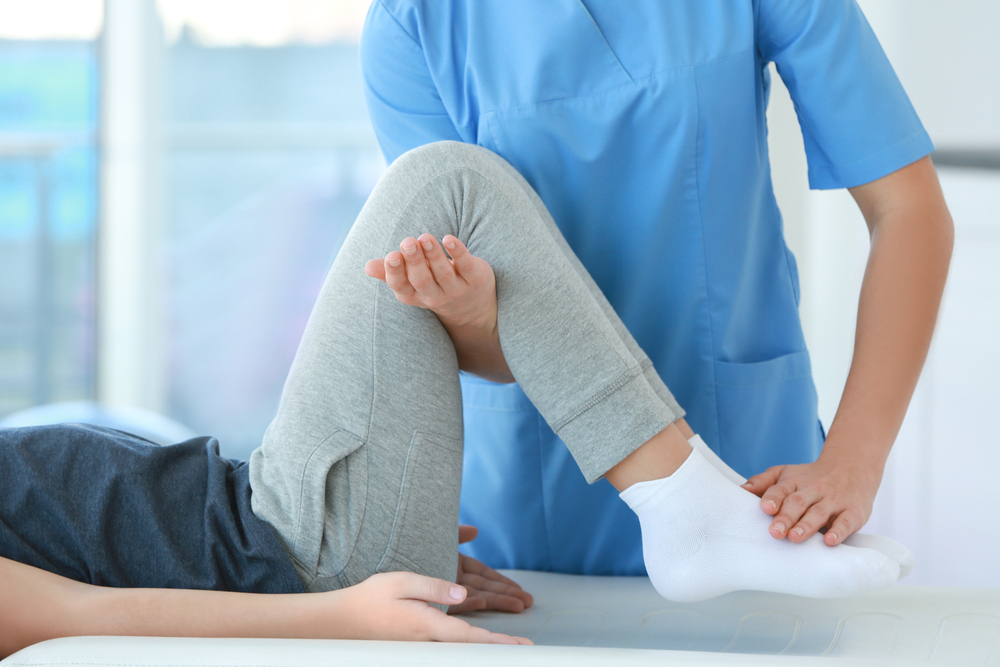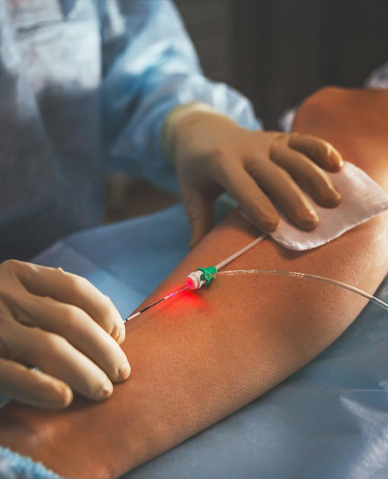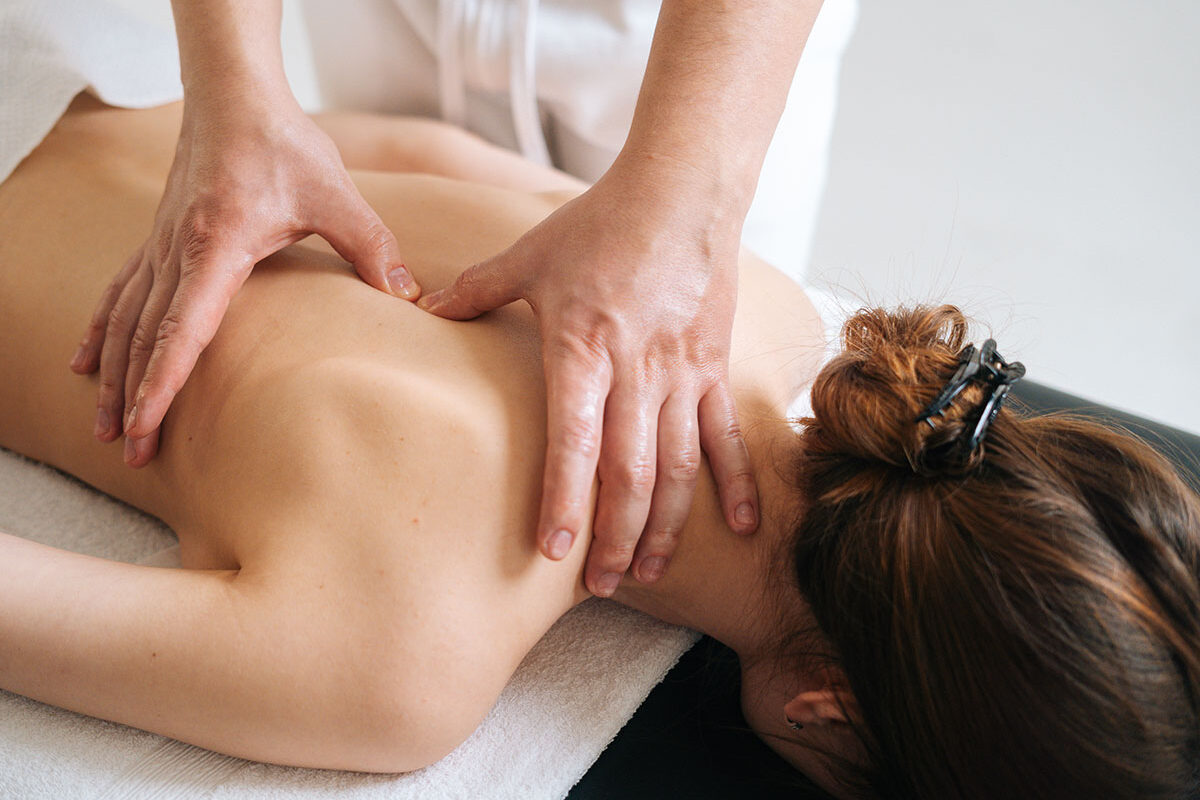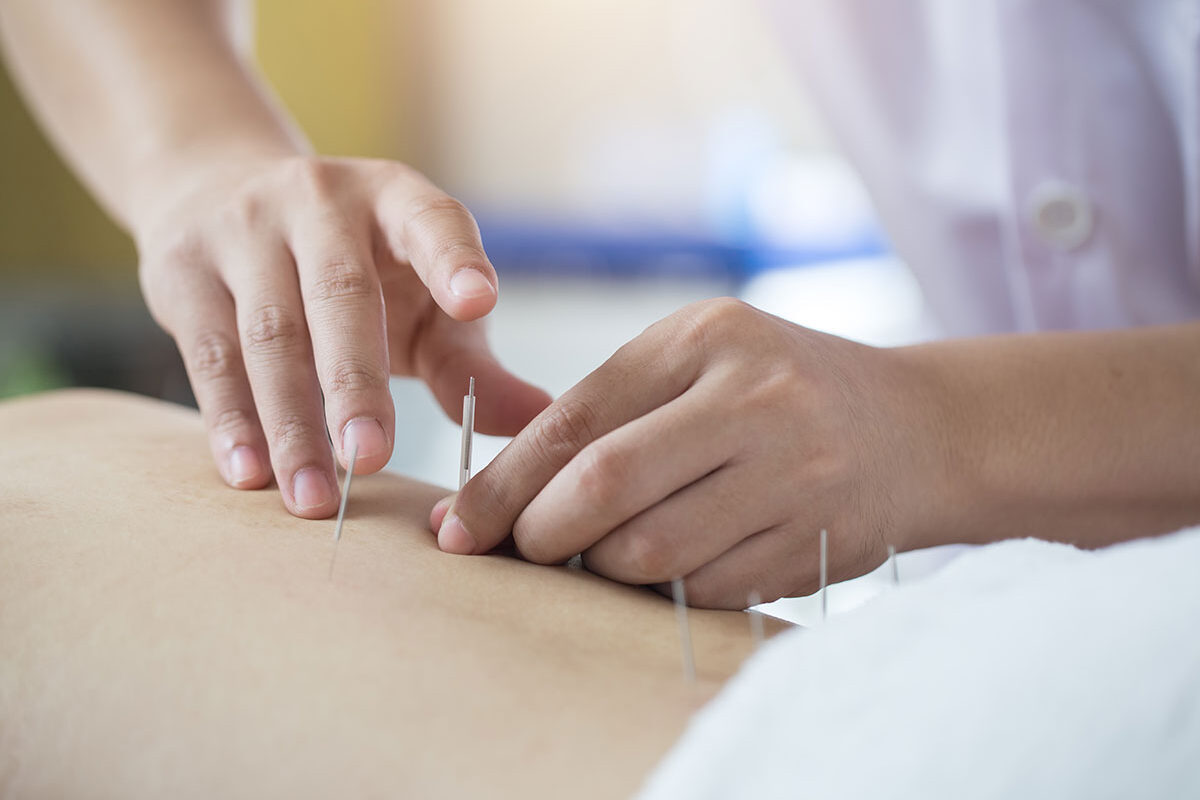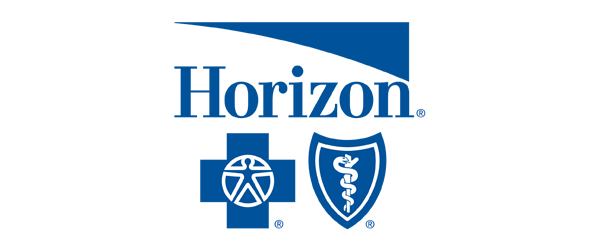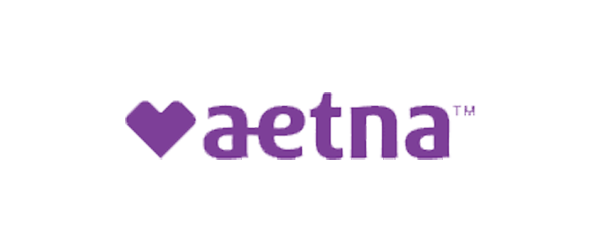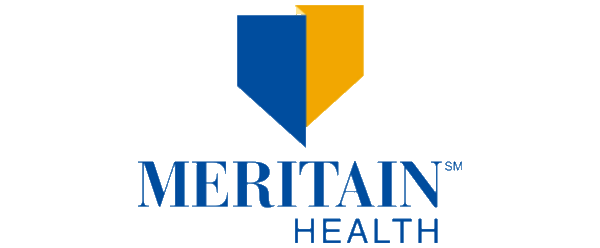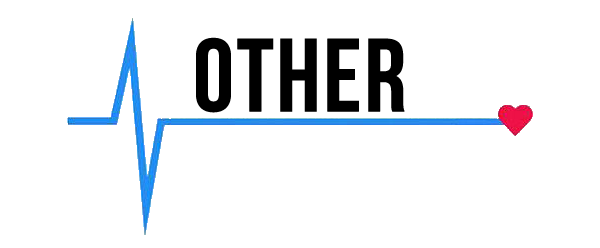Vessel Ablation for Inadequate Circulation
Vessel ablation treats weak blood circulation, venous disorders, and varicose veins. It and vein ablation are minimally invasive procedures. In fact, a variety of vein conditions can be treated with this type of ablation, and it generally provides long-lasting relief.
The most common reason for vein ablation is to improve venous insufficiency. Venous insufficiency is when someone has a poor supply of blood going into and coming out of their legs. In addition to swelling and pain, this can also have other negative effects.
Vessel Ablation: Venous Insufficiency Symptoms
There are a variety of symptoms associated with venous insufficiency problems that a vessel ablation can treat. They include the swelling of the ankles, feet and legs, pain or aching in the legs, tingling or numbness in the legs, heaviness or fatigue in the legs, varicose veins, skin changes, including redness, dryness, and eczema, and ulcers.
Swelling and pain are often strong signs of venous insufficiency. Blood builds up in the veins, causing swelling. The pressure that builds up in the veins damages the veins and surrounding tissue, resulting in pain. After prolonged standing or sitting, swelling and pain can become worse. Additionally, you may experience more discomfort during pregnancy or if you are overweight or obese.
When blood builds up in the veins, it puts pressure on the nerves, causing tingling or numbness. In some cases, the pressure can cause nerve damage, leading to the sending of abnormal signals to the brain. A tingling sensation, numbness, or other symptoms may result, especially when you are standing or sitting for long periods.
Blood pooling in the legs may cause fatigue or heaviness, placing pressure on muscles and nerves. As a result of the pressure, the legs may feel cumbersome, exhausted, and weary. Once again, long periods of standing or sitting will usually make things worse.
Many patients find that having a vein ablation procedure was the right choice to alleviate their pain and issues. Some patients may want to reduce their risk of varicose vein complications. There are several complications associated with varicose veins, including blood clots, painful ulcers, and an increased risk of deep vein thrombosis (DVT). Varicose veins are enlarged twisted veins that can be painful and unsightly.
Inadequate Circulation: Contributing Vessel Ablation and Vein Ablation Factors
Your legs may swell and cause life-altering pain and other horrible symptoms, which means you should make an appointment with a health professional who can discuss vessel ablation procedure options.
Venous valves allow blood to flow back up to your heart normally. A damaged valve, however, can cause blood to flow backward, causing the fluid to pool in the legs. High pressure in the veins can damage veins and surrounding tissue.
Several factors contribute to venous insufficiency, including varicose veins, deep vein thrombosis (DVT), pregnancy, obesity, prolonged standing, age, and having a family history of the same.
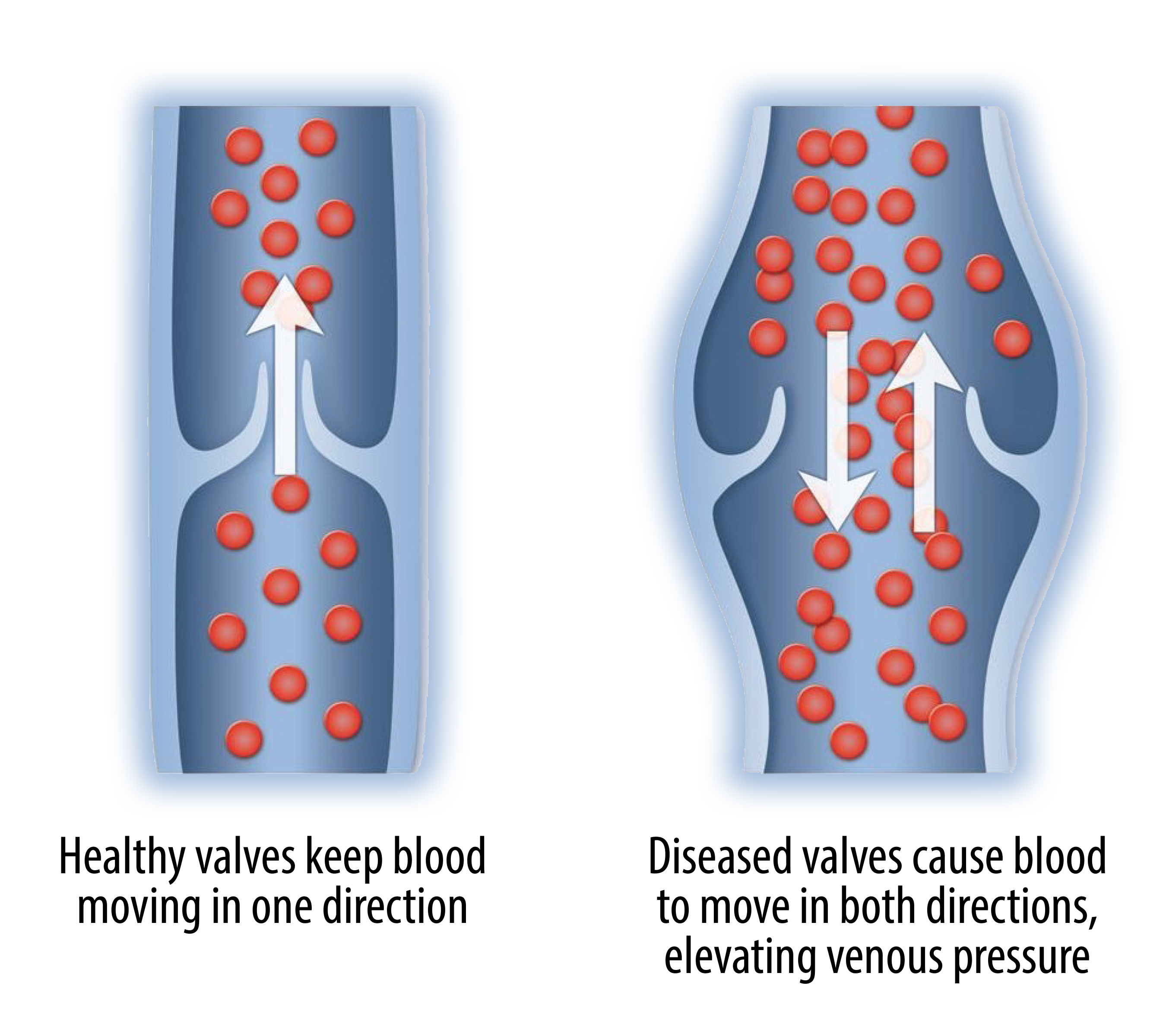
Eventually, the valves in your veins weaken, causing varicose veins. These valves enable the maintenance of blood flow in the right direction. Veins swell when blood flows backward through weak valves.
An underlying cause of deep vein thrombosis is a blood clot forming in one of the deep veins of your legs — just one reason to look into vein ablation sooner rather than later. Depending on how far the clot travels, it can be a serious condition. Those who are inactive are more likely to suffer from DVT. In addition, people with medical conditions, such as obesity or heart disease, are more likely to suffer from this condition.
Pregnancy, obesity, and having to stand for long periods of time are all conditions lasting either temporarily or longer, due to an individual’s circumstances in life.
Vessel Ablation and Vein Ablation Treatments and More
Using heat or laser energy, vessel ablation seals or closes veins in a minimally invasive procedure. This procedure can treat various conditions, including varicose veins, spider veins, and venous insufficiency.
Radiofrequency ablation (RFA) and laser ablation are the two main types of vein ablation. This procedure uses radiofrequency ablation (RFA) to destroy veins using a small probe. The radiofrequency energy made by the probe heats the vein and collapses it. As such, a small laser heats up and collapses the vein through laser ablation.
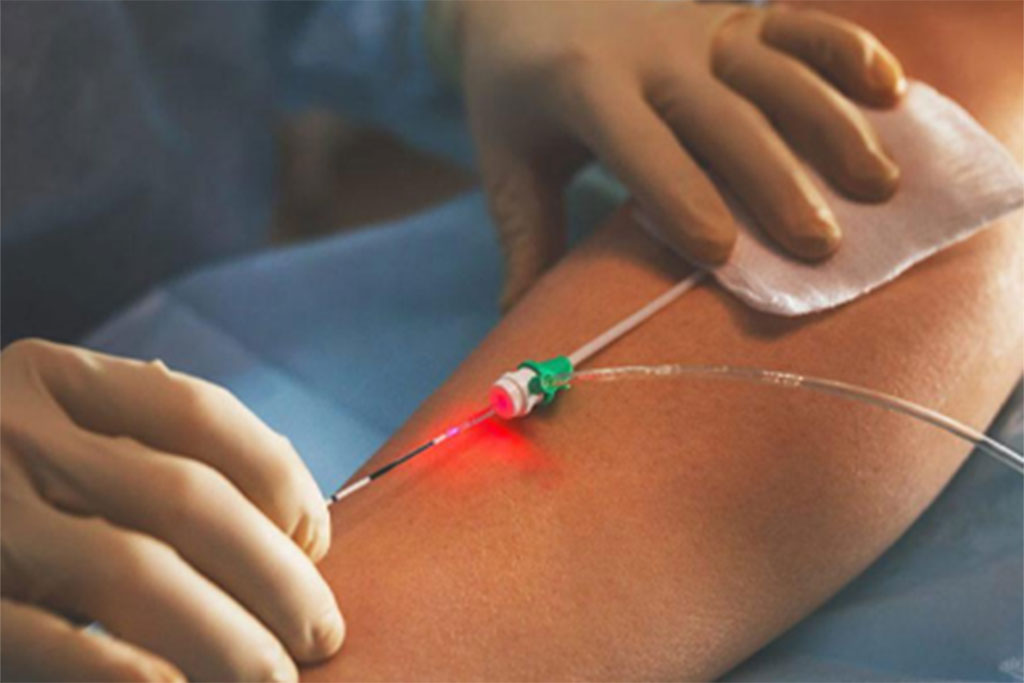
In most cases, vessel ablation is performed as an outpatient procedure. The procedure typically utilizes local anesthesia, although it may also use general anesthesia. Bruising, swelling, and pain may occur after the procedure. It usually takes a few days for these symptoms to go away on their own.
Vessel ablation is the usual active treatment for varicose and spider veins, offering a safe and effective procedure to address venous insufficiency. Those who are not good candidates for surgery or who wish to avoid surgery may find it to be a good option, since minimally invasive procedures are less risky than surgery.
Furthermore, it is a quick process, and you are able to go home the same day. Most people are able to resume their normal activities within a few days of the surgery. Usually, the results last for a long time.
Wellness and Pain Can Help
Approximately 150,000 cases of vessel insufficiency are diagnosed each year. Chronic vessel insufficiency is often underdiagnosed and undertreated. Early diagnosis is key.
A range of vessel ablation treatment options are available at Wellness and Pain. We offer conservative treatments, minimally invasive quick-recovery procedures, and surgery. Our goal is to free you of vessel insufficiency and other vessel problems by providing lifestyle education and home care advice to help you avoid and manage problems and quickly relieve any vessel conditions using state-of-the-art treatments, including vein ablation.
We personalize patient care plans based on each patient’s condition and unique circumstances to relieve the pain, improve mobility, prevent further injuries, and improve your health.
Conditions Related To Vein Ablation
Leg Hair Loss
Leg Hair Loss
...
Venous stasis disease
Venous stasis disease
...
Venous Ulcers
Venous Ulcers
...
Leg heaviness
Leg heaviness
...
Muscle cramps
Muscle cramps
...
Diabetic Neuropathy
Diabetic Neuropathy
...
Chronic venous insufficiency
Chronic venous insufficiency
...
Hip Pain
Hip Pain
Whether we are walking up and down the stairs or long distances, running on the treadmill, or chasin...
Knee Pain
Knee Pain
Knee pain is a common complaint among adults and most often related to the general wear and tear fro...
Leg Pain
Leg Pain
Have you ever experienced sharp, shooting pain in your legs while walking? Standing too long? Or sim...
Back Pain Specialists
Back Pain Specialists
Back pain specialists alike understand how common back pain and discomfort are. It’s important to ...
Radiating/Sciatica leg pain
Radiating/Sciatica leg pain
Symptoms of sciatic pain include burning pain from your lower back into your buttocks and can radiat...
Leg Numbness
Leg Numbness
Numbness and tingling of the legs and feet can be caused by many neurologic and vascular conditions....
Swollen Leg Treatment
Swollen Leg Treatment
Swollen leg treatment is possible, and it’s easier than you may think. First and foremost, the hum...
Restless Legs Syndrome (RLS)
Restless Legs Syndrome (RLS)
For most, restless legs syndrome (RLS) signals other issues. Often, people think you have to see vei...
Leg Cramps & Charley Horses
Leg Cramps & Charley Horses
If you’ve ever experienced leg cramps of any degree, you know just how painful and debilitating th...
Varicose & Spider Veins
Varicose & Spider Veins
Red, threadlike lines on your face, legs, or feet may be spider veins, which are like varicose veins...
Advance Your Health & Well-being with Massage Therapy
Massage therapy, simply known as “getting a massage,” involves applying pressure to the soft tissues of the body. This method promotes relaxation, improves blood flow, and reduces pain.
For those looking to incorporate a safe and effective way to improve their health and well-being, massage therapy may be an excellent choice.
Massage Therapy: Safe, Effective, and Successful
Massage therapy can safely and effectively treat a variety of conditions. It does wonders for things like muscle pain, edema, muscle spasms, pain patterns, surgery recovery, and so much more.
Additionally, it can improve tissue healing, strengthen your immune system, relax you before a surgery, reduce stress and anxiety, reduce inflammation, increase blood flow, help you lose weight, improve digestion, boost your metabolism, alleviate constipation, bloating and flatulence, and reduce cortisol (a stress-induced hormone that increases appetite).
Massage therapy has an interesting history. It’s been used by cultures all over the world for centuries as one of the oldest healing arts. Throughout ancient Egypt, China, as well as Greece and Rome, it dates back thousands of years.
Massage therapy is safe and effective. Not only that, but it complements a variety of conditions as an alternative medicine. Using a specific set of techniques, a “modality” is a specific type of massage therapy. In fact, this treatment has many different modalities, each with its own set of advantages.
A massage therapy patient’s specific needs can be met by using different massage modalities. There are many types, including:
- Reflexology: We apply pressure to unique points on you feet, hands, and ears.
- Deep tissue massage: Deep pressure is used to release knots, tension in your muscles, and other areas.
- Prenatal massage: Specifically, this soothes a variety of pregnancy pains and allows you a rare moment to relax.
- Aromatherapy massage: This leverages the aromatic power of essential oils and other special relaxation techniques.
- Sports massage: Athletes need targeted recovery from injuries. This type of massage helps improve their performance.
- Medical massage: This effective and safe treatment helps you relax, boosts blood flow, reduces pain, and treats a variety of medical conditions.
- Stretch massage: This is a soft and efficient method of improving your flexibility and range of motion. It combines stretching with deep-tissue massage techniques.
At Wellness and Pain, we offer a select set of therapies that are appropriate for our patients’ individual circumstances, pain management problems, and massage therapy needs.
The Science Behind Massage Therapy
In massage therapy, touch is used to improve health and well-being as an alternative medicine. Muscle, tendons, and other areas of your body are all treated through manual application of pressure.
As a whole, this treatment helps to release endorphins. In turn, endorphins relieve pain and boost your mood. Your pituitary glands and hypothalamus release endorphins in response to pain or stress. These are pain relievers and mood boosters. Additionally, you can stimulate them through a variety of activities, including exercise, listening to music, and spending time outside.
Massage therapy, however, has been shown to increase endorphin levels in the body and is effective in helping with pain and stress. Through interaction between your neuron receptors and endorphins, massage therapy reduces the perception of pain by stopping pain signals from reaching the brain.
The effect of endorphins on one’s mood is also positive. In the brain, they increase levels of dopamine and serotonin, two neurotransmitters connected to happiness and well-being.
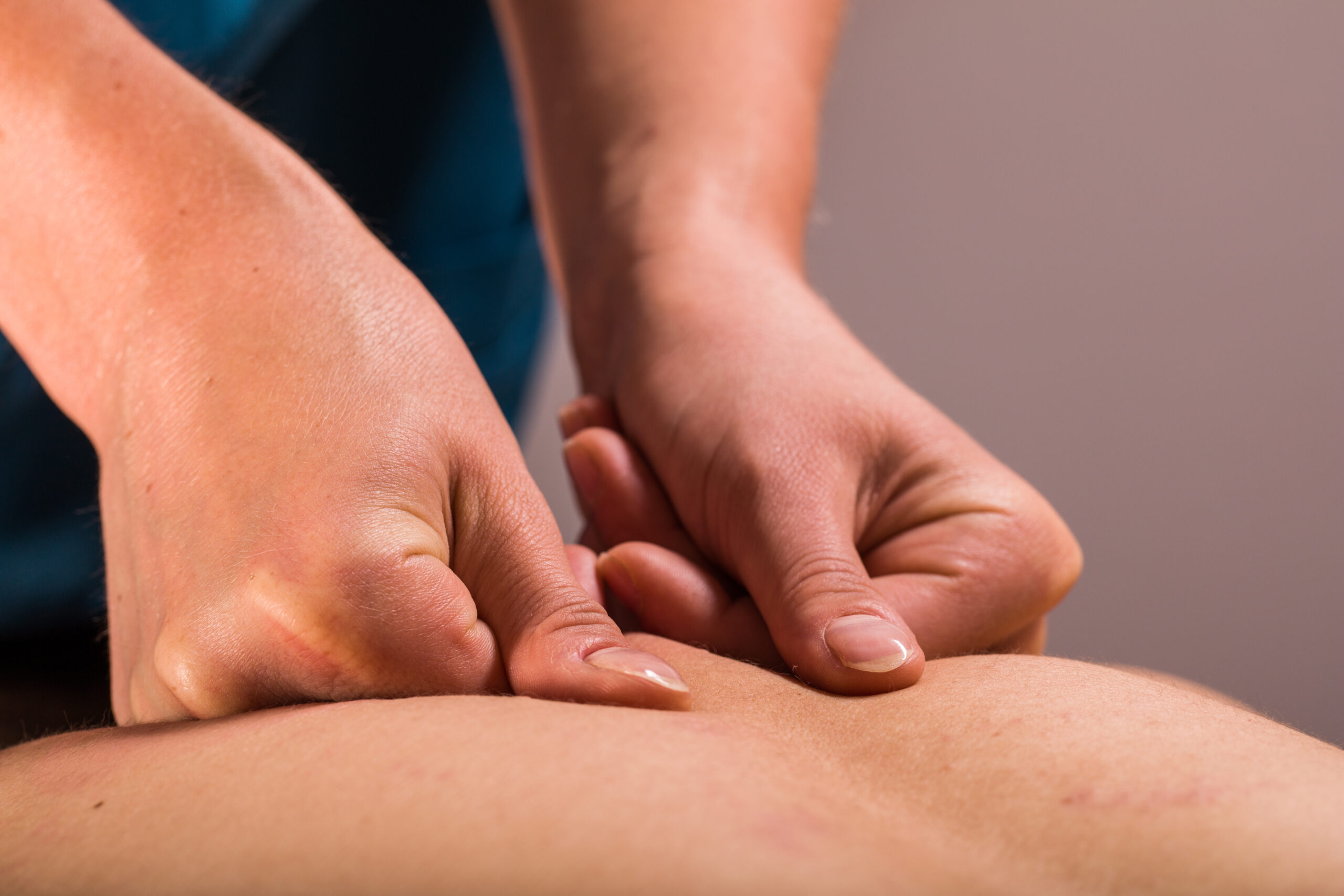
Wellness and Pain Can Help
A range of massage therapy options are available at Wellness and Pain. We offer conservative treatments, routine visits, and minimally invasive, quick-recovery procedures. Together we can keep you free of problems by providing lifestyle education and home care advice to help you avoid and manage issues, quickly relieving the conditions slowing your life by using cutting-edge massage therapy techniques.
We personalize patient care plans based on each patient’s condition and unique circumstances to relieve pain, improve mobility and mental space, and improve your overall health.
Benefits of Massage
Massage can be helpful at different times and stages of care for various life events: trauma recovery, pain management, weight-loss. Depending on the ailment and/or the desired change event, the combination of massage modality and frequency can aid in the return of optimal function.
Acute or Chronic pain
Post-Operative
Pre-Operative Care
Weight Loss
Conditions Related To Massage Therapy
Shoulder/ joint pain
Shoulder/ joint pain
...
Herniated Discs
Herniated Discs
...
Bulging Discs
Bulging Discs
...
Pinched Nerves
Pinched Nerves
...
Chronic pain
Chronic pain
...
Stress
Stress
...
Anxiety, depression
Anxiety, depression
...
Neck pain
Neck pain
...
Headaches
Headaches
...
Repetitive stress injuries
Repetitive stress injuries
...
Muscle Tension
Muscle Tension
...
Back Pain Specialists
Back Pain Specialists
Back pain specialists alike understand how common back pain and discomfort are. It’s important to ...
Radiating/Sciatica leg pain
Radiating/Sciatica leg pain
Symptoms of sciatic pain include burning pain from your lower back into your buttocks and can radiat...
CHIROPRACTIC FLEXION-DISTRACTION TECHNIQUE!
What Is It? And What can it help with?
Flexion-distraction therapy is a specific gentle technique performed on a segmented table that moves as your chiropractor slowly manipulates the spine. The manipulations, combined with the movements of the table, stretch, lengthen, hydrate and decompress your spine, relieving your back, neck, leg, arm, hip, shoulder, or knee pain.
CHIROPRACTIC CAN HELP WITH
Neck Pain
- Herniated Discs/Disc Bulge
- Spondylolisthesis
- Strains
- Muscle Spasm
- Torticollis
- Headaches/Migraines
- Symptoms from osteoarthritis
- Pinched Nerves
- Numbness/Tingling into upper extremities
- Radicular pain
- Thoracic Outlet Syndrome
- Forward Head carriage
Back Pain
- Strains
- Herniated discs/Disc Bulge
- Spondylolisthesis
- Symptoms from osteoarthritis
- Muscle Spasm
- Sciatica
- Pinched Nerves
- Pain and symptoms associated with scoliosis
- Numbness/Tingling into lower extremities
- Radicular Pain
- Symptoms associated with pregnancy
- Hyperkyphosis
Headaches/Vertigo
- Migraines
- Tension-type headaches
- Cervicogenic Headaches
TMJ Dysfunction
- Jaw pain
- Popping/clicking in jaw
Posture Correction
- Forward head carriage
- Anterior pelvic tilt
- Rounded shoulders
- Pelvic unleveling
- Pain and symptoms associated with Scoliosis
Mobility/Flexibility
- Alleviate tightness
- Increase range of motion
Hip/Knee/Ankle
- Hip pain
- Snapping Hip Syndrome/Dancer’s hip
- Hip Impingement
- Runner’s knee
- Knee pain
- Ankle pain/Ankle stiffness
- Foot pain
- Numbness/Tingling
- Sciatica
- Radiculopathy
- Leg pain
Shoulder/Elbow/Wrist Pain
- Shoulder Impingement
- Shoulder Pain
- Tennis Elbow
- Golfer’s Elbow
- Elbow pain
- Wrist pain
- Thoracic Outlet Syndrome
- Carpal Tunnel Syndrome
Stress
- Better sleep
- Decrease muscle tension
- Headaches
- Neck/Back pain
Chiropractic and relieving pressure off your nervous system helps with all of this by using gentle and precise adjustments and muscle work to take pressure and stress off your spine, joints, and nervous system allowing your body to function better and easier giving you more energy!
BENEFITS OF CHIROPRACTIC
- Reduction/resolution of pain
- Reduce stress/Have more Energy
- Chronic pain makes people tired, run down, irritable. Relieving chronic pain can give people their lives and energy back
- More restful/better sleep
- Less pain, easing muscle tension allows one to be able to fall into a deeper, more comfortable sleep. Deeper, longer lasting sleep allows our body to heal and restore what we have used during the day, spending up our healing process.
- Posture correction
- Chiropractic helps to keep joints in your spine and body moving properly with less stress, which improves your posture and keeps you moving how you need to whether you’re an athlete, weekend warrior, work-aholic in the office or at home or even an expecting mother!
- Increased Flexibility/Mobility
- Proper joint motion and more pliable muscles increased our flexibility and motion
- Better function
- Less pain and proper joint mobility allows our body to move and function how it is meant to
- Help relieve symptoms and pain caused by pregnancy
- Ligaments and joints are under more strain as the body
- Decrease Headaches and TMJ Pain
- Chiropractic can help with several different types of headaches including tension headaches, some symptoms of migraines, and cervicogenic headaches which means headaches that are actually referring from the neck or even the jaw.
- By using a gentle chiropractic technique and focusing on muscle work we can relieve muscle tension and joint stress that are putting pressure on the nerves that come out of the upper cervical spine and go to our head and neck causing headaches, earaches, or jaw pain.
Conditions Related To Acupuncture
Shoulder/ joint pain
Shoulder/ joint pain
...
Herniated Discs
Herniated Discs
...
Bulging Discs
Bulging Discs
...
Pinched Nerves
Pinched Nerves
...
Chronic pain
Chronic pain
...
Stress
Stress
...
Anxiety, depression
Anxiety, depression
...
Neck pain
Neck pain
...
Headaches
Headaches
...
Repetitive stress injuries
Repetitive stress injuries
...
Muscle Tension
Muscle Tension
...
Back Pain Specialists
Back Pain Specialists
Back pain specialists alike understand how common back pain and discomfort are. It’s important to ...
Radiating/Sciatica leg pain
Radiating/Sciatica leg pain
Symptoms of sciatic pain include burning pain from your lower back into your buttocks and can radiat...
Acupuncture Therapy: The Basics, Benefits, and Cures
Acupuncture therapy is a form of traditional Chinese medicine that involves inserting thin needles into the skin at specific points on the body. Each point corresponds to an organ, emotion, or sense. A well-rounded acupuncture treatment plan can target these in unique ways other medicines can’t.
In addition to treating pain, acupuncture treatment is used for anxiety, depression, insomnia, headaches, migraines, nausea and vomiting, menstrual cramps, fertility problems, smoking cessation, and weight loss.
The Basics and Benefits of Acupuncture Therapy
Scientists do not fully understand the exact healing mechanism behind acupuncture therapy, but they believe it involves a combination of factors. One of those things is the release of endorphins, which relieve pain. Stimulating the nervous system is another, which can also help regulate mood, pain, and other bodily functions. It also helps you relax and relieve stress.
Although acupuncture treatment is generally safe, make sure you find a licensed acupuncturist in your state. It’s not uncommon for patients to endure side effects, especially since needles can cause mild pain or soreness.
Certain patients can also experience bruising, dizziness, lightheadedness, and nausea. A professional acupuncturist can help, as tailored and customized treatment plans are known to provide the best solutions. There are a variety of health problems acupuncture therapy can treat, and it’s usually very safe and effective.
Acupuncture Origins, Bodily Reaction, and Pain Management
According to Chinese medicine, energy flows through your body. Many believe disrupted “qi” (pronounced “chee”) causes imbalances in the body’s energy. By pressing sterile needles on acupuncture points throughout the body, some forms of acupuncture therapy restore qi balance. Meridians — also called energy-carrying channels — consist of hundreds of acupoints in the body.
By using needles, your body reacts, rebalances, or releases natural chemicals, including endorphins, your body’s own natural painkillers and neurotransmitters.
There’s no one-size-fits-all approach when it comes to acupuncture treatment. There are some people who feel nothing at all, while others feel a dull ache or mild pricking. Others feel tingling or buzzing or feel warm or heavy. Acupuncturists sometimes twirl or move needles after inserting them. You might feel a slight increase in sensation at times.
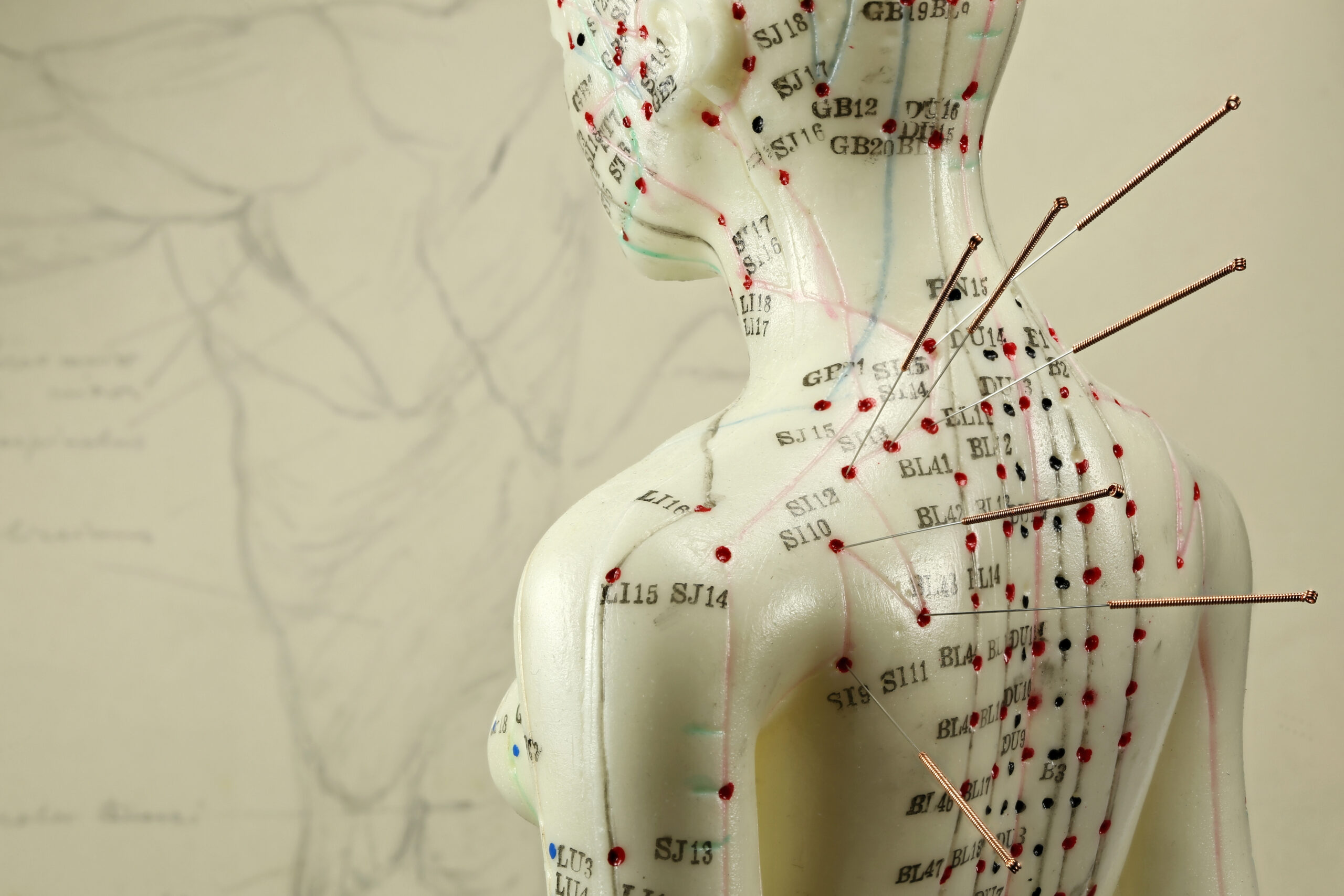
Acupuncture is mild and tolerable for most people. Be sure to tell your acupuncturist if you’re feeling pain. To make the treatment more comfortable, they may adjust the needles or use a different size of needle or technique.
You might feel relaxed or energized after acupuncture therapy. Pain or other symptoms also seem to be lessened. Although acupuncture’s effects can vary from person to person, most people find it to be a safe and effective treatment.
Acupuncture Therapy Can Cure a Variety of Ailments
Acupuncture therapy can help with a lot of health problems. It’s usually used for chronic (long-term) pain like arthritis, back pain, neck pain, shoulder pain, knee pain, headaches, migraines, sports injuries, jaw pain, sinus congestion and facial pain, neuropathy, and menstrual cramps.
As well as alleviating chemotherapy side effects in cancer patients and reducing nausea during pregnancy, acupuncture treatment may also help with infertility, autoimmune diseases, colds and flu, irritable bowel syndrome, menopausal hot flashes, insomnia, anxiety, and depression.
Getting a ride home is always wise if you’re getting acupuncture therapy for the first time. If that’s not possible, try to rest for five to ten minutes before driving home. Your practitioner may advise you to take it easy following each session.
Your body may need a number of treatments depending on how severe your condition is. Most patients have an appointment once a week. Some people get treatment more often, while others get it less frequently. Our acupuncturists can recommend the right schedule for each patient.
Wellness and Pain Can Help
A range of acupuncture therapy options is available at Wellness and Pain. We offer conservative treatments, minimally invasive quick-recovery procedures, and surgery. With these, we can keep you free of problems by providing lifestyle education and home care advice to help you avoid and manage issues, quickly relieving the conditions inhibiting your life by using state-of-the-art acupuncture treatment.
We personalize patient care plans based on each patient’s condition and unique circumstances to relieve pain, improve mobility and mental space, and improve your overall health.
Conditions Related To Acupuncture
Shoulder/ joint pain
Shoulder/ joint pain
...
Herniated Discs
Herniated Discs
...
Bulging Discs
Bulging Discs
...
Pinched Nerves
Pinched Nerves
...
Chronic pain
Chronic pain
...
Stress
Stress
...
Anxiety, depression
Anxiety, depression
...
Neck pain
Neck pain
...
Headaches
Headaches
...
Repetitive stress injuries
Repetitive stress injuries
...
Muscle Tension
Muscle Tension
...
Back Pain Specialists
Back Pain Specialists
Back pain specialists alike understand how common back pain and discomfort are. It’s important to ...
Radiating/Sciatica leg pain
Radiating/Sciatica leg pain
Symptoms of sciatic pain include burning pain from your lower back into your buttocks and can radiat...
